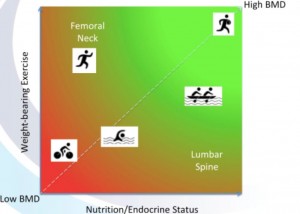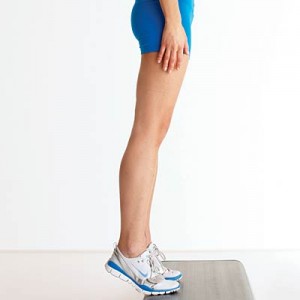Recently a client asked me, i see a few trainers giving personal stretch on the floor.,what do you think of that??
Well that made think..
We know that passive stretching is a form of static stretching in which an external force exerts upon the limb to move it into the new position. This is in contrast to active stretching. Passive stretching resistance is normally achieved through the force of gravity on the limb or on the body weighing down on it. It can also be achieved with the help of a partner, stretch bands, or mechanical devices.
‘I do give passive stretches, when i feel the soft tissues are tight, say for example a one knee to the chest with the other on the floor, a tight hip flexor on the limb that is extended and down will let the hip flex/lift, so while the client pulls the bent leg, keep the extended leg down with passive force of yours. This is indicated when the muscle imbalance is the cause (or may cause) of the musculoskeletal problem, like a back or knee pain
I also use a passive stretch for frozen shoulder, however with caution in the osteoporosis population., Post traumatic stiffness is also another case to use passive stretch, make sure the # or the ligaments have heeled sufficiently before you attempt one.
Neurological conditions like stroke, CP and parkinsons, also warrant a controlled passive elongation of soft tissues.,care should be taken to check their medications (anticoagulants) and that the valsalva maneoure by the client should not be encouraged.
I have come across, clients who had developed # , avulsions, muscle tears & ligament tears, neural tissue irritations during passive stretches..a vertebral slip can happen too..if there is a listhesis and a passive extension is given!! So lot of caution and controlled sustained force is the key, with a good knowledge of end feels, the biomechanical levers, the clinical condition you are dealing with, integrity of the musculoskeletal structures and of course the physiological & anatomical range, a comparison with the other limb wouldn’t hurt.
Whenever possible i advocate a self sustained passive stretch with low load for 10-15 minutes, letting the gravity and external load do the job..a foam roller release will not be a bad option in myo fascia tightness and active stretch for 15 sec hold within physiological range as per the clinical condition warrants, should be encouraged more often during the day., controlled passive stretch in a sustained manner, without jerks when indicated i give for 15sec to 2 mins as per the requirement of the condition.. i have recently found thai massage, which involves a lot of stretches very fascinating, yet to explore it though..
Happy Reading
Earnest Vijay, Sports Physiotherapist


